Recently, doctors at the Emergency Department of E Hospital received and promptly provided emergency care to a male patient (48 years old, Hanoi ) who had a traffic accident due to ignoring early signs of a stroke.
Recently, doctors at the Emergency Department of E Hospital received and promptly provided emergency care to a male patient (48 years old, Hanoi) who had a traffic accident due to ignoring early signs of a stroke.
Get into trouble for ignoring early signs of stroke
Investigating the cause of the patient's traffic accident, doctors said that at that time, the patient suddenly had a stroke, causing the patient to fall into a dangerous state, unable to control his body.
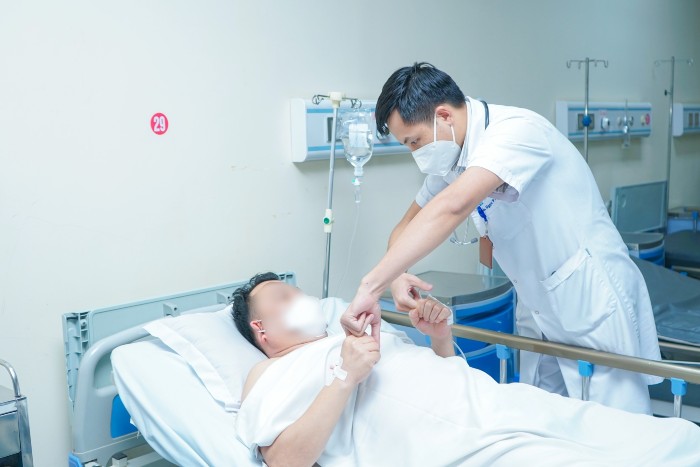 |
| Doctors at E Hospital are treating a stroke patient. |
Dr. Nguyen Ngoc Vinh Yen, Emergency Department, Hospital E said that when the patient was admitted to the hospital, he had been in a traffic accident, so doctors needed to screen for all other injuries that could have been caused by the traffic accident.
However, the doctors noticed that the patient was in a state of weakness on one side of his body, had a headache, was lethargic, had difficulty speaking, etc. The patient had signs and symptoms of an acute stroke, and immediately the stroke emergency procedure was activated to save the patient's life.
Through clinical examination and test results, brain imaging diagnosis determined that the patient had a left cerebral infarction, the cause of the above condition was due to blockage of a branch of the left cerebral artery of the cerebral circulatory system.
Taking the patient’s medical history, the patient had a history of high blood fat, frequent alcohol and tobacco use. However, 1 day before, the patient had symptoms of transient ischemic attack (TIA) such as numbness and weakness in one arm and leg, severe headache, dizziness, decreased vision, difficulty speaking… but the patient subjectively thought he was drunk so he just rested at home.
Then, while driving a car, the patient suddenly suffered a stroke, leading to a collision. The patient was taken to the emergency room at the Stroke and Vascular Intervention Unit, Emergency Department, E Hospital.
Faced with the emergency, doctors quickly performed endovascular intervention to remove the patient's blood clot using a mechanical thrombectomy method.
From there, the blood clots will be removed and the blood vessels supplying the patient's brain will be reopened to save his life and minimize the consequences for the patient. Fortunately, the patient was taken to the hospital and intervened in time during the "golden hour", avoiding dangerous complications caused by stroke.
After receiving timely emergency care, the patient continued to be monitored and actively treated at the Stroke and Vascular Intervention Unit, Emergency Department, E Hospital.
MSc. Nguyen Ngoc Vinh Yen emphasized that warning signs of stroke can occur several hours, a day, or a week before the onset of a serious stroke.
These pre-stroke signs or stroke warning signs can occur only once or repeatedly and can range from mild to severe. The exact time of stroke onset after the warning signs appear is often difficult to determine.
This depends on many factors such as the patient's condition, underlying diseases, overall health, and lifestyle habits. "For this patient, subjectively, he thought he was drunk and did not think of a stroke.
"Because these pre-stroke symptoms are often unclear and easily confused with common health problems, many people subjectively miss the opportunity to be treated. Recognizing the signs of a stroke in advance is an opportunity to proactively take the patient to the doctor, save lives and preserve the patient's neurological function and life to the maximum extent possible," said Dr. Yen.
Stroke occurs suddenly, with serious complications such as difficulty speaking, weak arms and legs, dementia, or complete paralysis of one side of the body, pneumonia... even death if not treated promptly.
Therefore, when experiencing symptoms of stroke such as crooked mouth, weak movement and difficulty moving arms and legs, slurred speech, unclear speech, difficulty communicating... even if only fleeting for a short time, it also warns of the danger of a more serious stroke.
The "golden hour" in emergency treatment for ischemic stroke is recommended within the first 3 - 4.5 hours (from the onset of the first signs of stroke).
Stroke emergency treatment during the golden period plays an important role in saving the patient's life, helping to minimize complications and help the patient recover quickly.
The longer the emergency time, the more damaged the nervous system, causing serious consequences, long recovery time, or even no recovery, becoming a burden for the family and society.
Concerns about stroke rejuvenation
Master Nguyen Ngoc Vinh Yen warned that currently, stroke is tending to be younger and increasing, mainly due to subjectivity about one's own health, thinking that being young means good health, so not having a health check-up, often ignoring signs of the disease leading to late hospitalization and causing difficulties in treatment.
Risk factors for stroke such as smoking, alcohol abuse, lack of exercise, overweight, obesity, staying up late, stress, tension in life, work... all increase stroke in young people.
In addition, Dr. Nguyen Ngoc Vinh Yen recommends that to protect health, each person should proactively prevent even when there are no signs before a stroke, by raising awareness about stroke prevention, knowing how to recognize stroke symptoms, listening to the body and when any unusual symptoms appear, immediately go to reputable medical facilities with adequate conditions to treat stroke to achieve the best treatment results and avoid dangerous complications.
In addition, Dr. Yen also advised patients to have a healthy lifestyle, quit smoking and drinking alcohol, and have regular check-ups to detect stroke symptoms as early as possible.
Many people are confused when they experience transient stroke symptoms. Therefore, doctors advise that patients should choose to visit, treat, and receive emergency stroke care at reputable hospitals that specialize in this field.
Currently, the Stroke and Vascular Intervention Unit, Emergency Department, E Hospital has applied the world's stroke treatment quality criteria and is one of the few medical facilities in Hanoi that has optimized the time from emergency admission to successful intervention to only 25-30 minutes.
With the routine implementation of many advanced techniques in stroke intervention such as thrombolysis, mechanical thrombectomy, hemicraniectomy to decompress patients with ischemic stroke, craniotomy to remove hematoma, clipping for ruptured aneurysms in subarachnoid hemorrhage, plugging of cerebral aneurysms with metal coils, specialized cranial resuscitation techniques such as ventricular drainage, intracranial pressure monitoring...
Together with the Cardiovascular and Vascular Interventional Stroke Unit; Diagnostic Imaging; Esophageal Ultrasound Unit, Echocardiography and Stress ECG Unit of the Cardiovascular Center, the E Hospital's outpatient emergency patient transport project has come into operation, which is an important development step in improving the quality of care and treatment of stroke patients, in accordance with the practical needs and regulations of the Ministry of Health.
Source: https://baodautu.vn/ganh-hau-qua-vi-bo-qua-dau-hieu-som-cua-dot-quy-d229732.html




![[Photo] President Luong Cuong attends the 50th Anniversary of Laos National Day](/_next/image?url=https%3A%2F%2Fvphoto.vietnam.vn%2Fthumb%2F1200x675%2Fvietnam%2Fresource%2FIMAGE%2F2025%2F11%2F27%2F1764225638930_ndo_br_1-jpg.webp&w=3840&q=75)


![[Photo] Prime Minister Pham Minh Chinh chairs the 15th meeting of the Central Emulation and Reward Council](/_next/image?url=https%3A%2F%2Fvphoto.vietnam.vn%2Fthumb%2F1200x675%2Fvietnam%2Fresource%2FIMAGE%2F2025%2F11%2F27%2F1764245150205_dsc-1922-jpg.webp&w=3840&q=75)


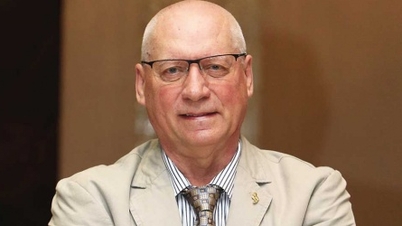






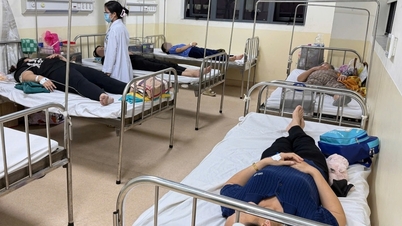

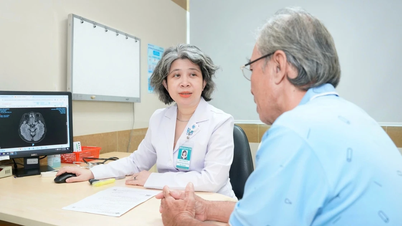


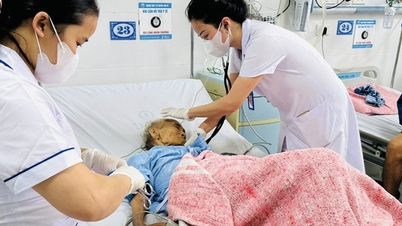






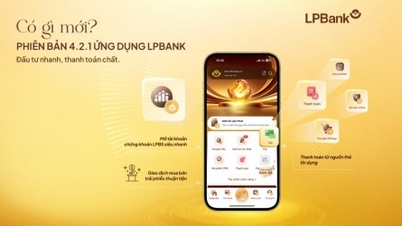












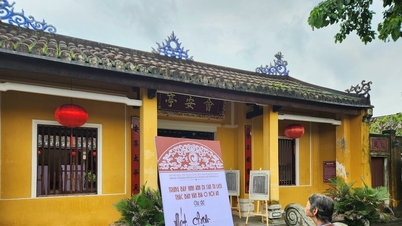






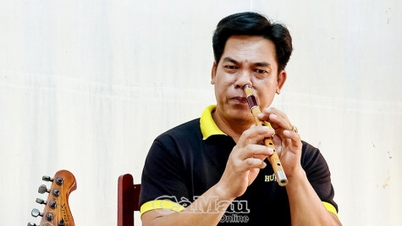

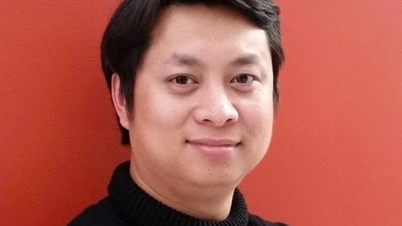




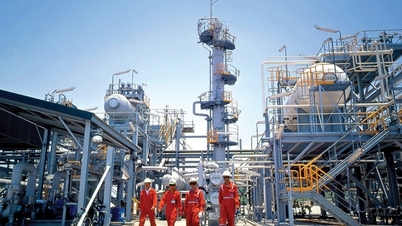

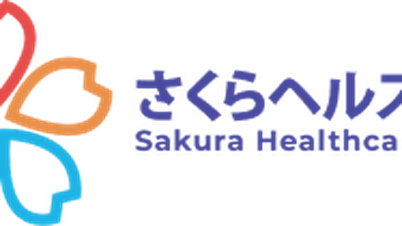












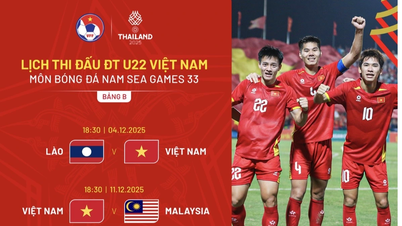


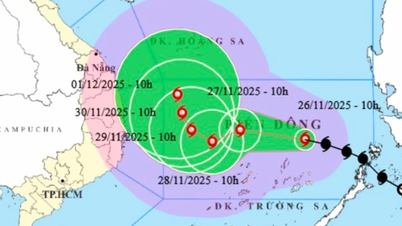



























Comment (0)